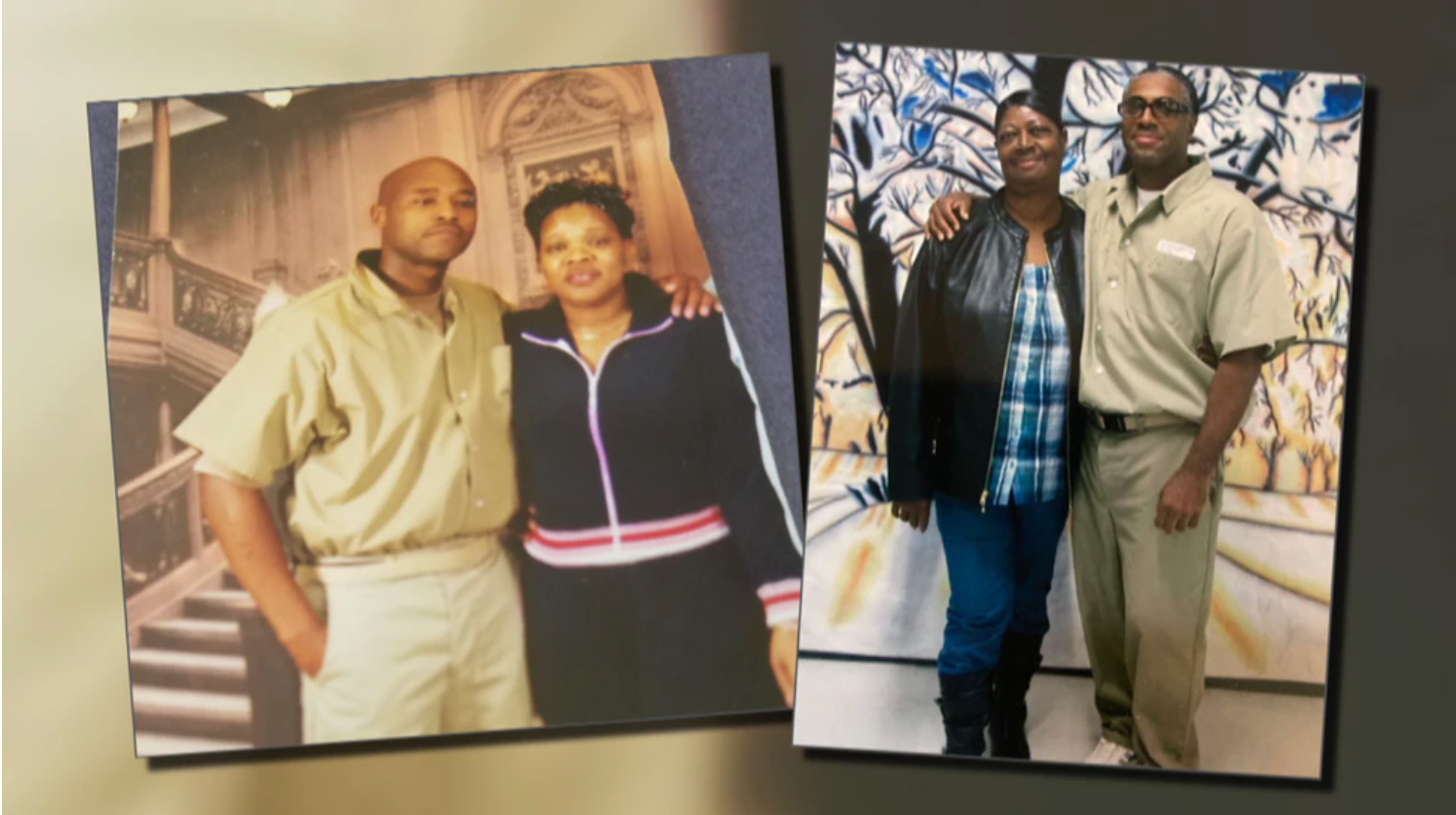Yellowstone and True Crime
What does Yellowstone National Park have to do with true crime? Well, I’m sure many of us are familiar, or at least aware, of the common trope in crime and spy movies where the lead detective cleverly finds fingerprints on a doorknob, a cup, or anything else their prime suspect may have touched. The lead character then uses this fingerprint to pinpoint the guilty party. This is (of course) based on real life crime scenes, where detectives and forensic analysts use DNA samples to assist with identifying criminals and other parties who may have been on scene. In today’s world, many might take for granted this extraordinary science of DNA analysis which has been used to solve many recent murders, cold cases, and even free innocent people who have been determined to be guilty. The timeline of DNA analysis is intriguing.
You might remember from your high school biology class that DNA is shaped as a double helix. However, I doubt you remember what DNA is short for: Deoxyribonucleic Acid. It’s a bit of a mouthful for sure. Basically, pieces of DNA are the building blocks of life. DNA codes the genetic information for almost every living thing.
We didn’t always know about DNA. Around 1953, James Watson, Francis Crick, Maurice Wilkins, and Rosalind Franklin’s contributions to science led to the discovery of the double helix of DNA. As the only female scientist mentioned in this notable group, Franklin stands out. According to Britannica, she was a remarkable woman. She studied physical chemistry at the University of Cambridge and received a fellowship to continue her research after she graduated. However, the occurrence of World War II altered her future. She served as an air raid warden, and subsequently gave up her fellowship to work for the British Coal Utilisation Research Association, where she used her scientific prowess to study the physical chemistry of carbon and coal to assist with the war effort. She used this research for her doctoral thesis. After receiving her doctorate, she studied X-ray diffraction technology, and went on to be a research fellow at King’s College in London, in 1951. Her use of X-ray technology applied to DNA research laid the groundwork for Watson and Crick, who relied on her findings to suggest that DNA was a double-helix polymer.
According to the Innocence Project, In 1983, Kary Mullis developed Polymerase Chain Reaction (PCR), which allows for the multiplication of DNA from a single segment of DNA. This was very useful, because it meant that scientists no longer had to collect large amounts of evidence to create a DNA profile.
In 1984, Alec Jeffreys, a British geneticist, pioneered a method to show variations in people’s DNA, allowing scientists to distinguish between different people according purely to their DNA samples. This led to “DNA fingerprinting” which was immediately adopted by forensic scientists and detectives.
Two years later, Jeffreys’ method was used in court to determine that a teenage boy (who falsely confessed to two rapes) was actually innocent and to identify the real perpetrator. One year after this trial, Tommie Lee Andrews became the first person to be convicted of a crime based on DNA evidence. According to Wesh and PBS, on February 21, 1987, a man broke into a woman’s house in Florida, burglarized her, and raped her at knifepoint. DNA sample drawn from semen found at the crime scene matched blood that was drawn from Andrews. He received a 22 year sentence. Almost a year later, Andrews drew a 78 year sentence as he was convicted of a second rape. Andrews was a suspect in 21 other rape cases, but prosecutors didn’t pursue these charges, as his total prison sentence was 100 years.
Andrews was transferred to a Florida treatment facility for sexual predators in 2012, and released from custody on August 30, 2021. He was released early because of good behavior while in prison and the hospital. Notably, Andrews has adamantly held to his claim that he is innocent throughout his sentence. This case led to the debate surrounding the morality and legality of DNA samples being used in court trials.
In 1989, Gary Dotson became the first person to be exonerated of a criminal conviction because of DNA evidence. He was charged with aggravated kidnap and rape on May 14, 1979. He served 10 years of his 25-50 year sentence before being exonerated on August 14, 1989.
But how does all this connect to Yellowstone National Park? None of this incredible work could have been done without a certain extremophile called Taq polymerase. According to the National Park Service, this thermophile was discovered in Yellowstone in 1976. We talked above about PCR testing, which is the rapid reproduction of DNA samples crucial to forensic analysis. This PCR test wouldn’t be possible without Taq polymerase. Taq is a thermophile, which means that it thrives on extremely hot temperatures, and will actually only grow in hotter than normal temperatures. It’s optimal temperature is 72 ℃ or 162 ℉. This means that thermophiles, or extremophiles, are only found very rarely in nature. Yellowstone is one of the only places in the world that is home to natural hot springs and geysers. There is an incredible number of hydrothermal activity within the park, and without this type of environment, it is unlikely that PCR testing could have been discovered. PCR testing requires an immense amount of heat, and most organisms/enzymes that can be attached to DNA samples would denature (which means to come apart, so basically die) before replicating. We owe our understanding of DNA to some incredible scientist, and we owe PCR testing to Planet Earth.






